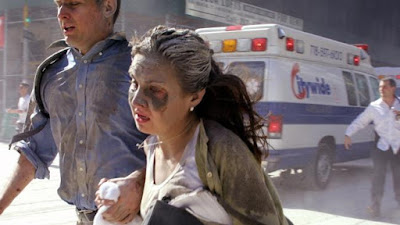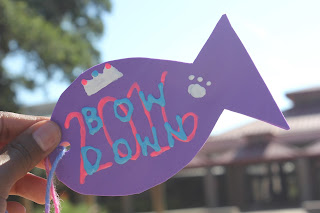Filling the frame
This photo is filled with several amused students that are all staring at what seems to be a science experiment. Your attention is immediately drawn to the center of the table, where most of their hands are reaching out to touch a small cloud created by dry ice.
From the Jostens photo contest, I chose the picture of a boy in chemistry. He is wearing goggles and gloves, while pouring one green and one blue substance into a beaker, making a purple substance. Everything in the back is completely blurry.
1. I picked this photo because the colors really caught my attention. Then I was reeled in by how captivated and focused the boy was on his experiment.
2. This photo follows the rule of balance. Both sides of the picture have the boys hand pouring the the two liquids into the beaker.
1. I think I could take photos like these in e hall, where most science classes are.
2. I would feel most comfortable going to my science teachers classroom, but she doesn't do many interesting, hands on experiments.
3. As a photographer, I will have to think about where I stand and the way I hold the camera, while I'm taking the pictures.
























